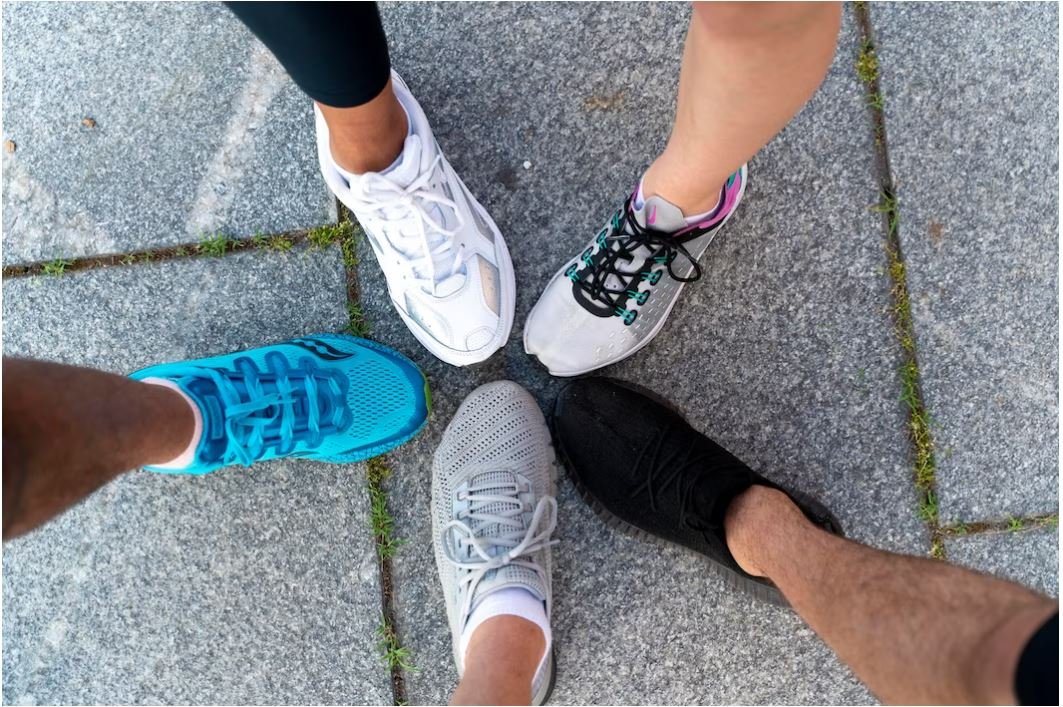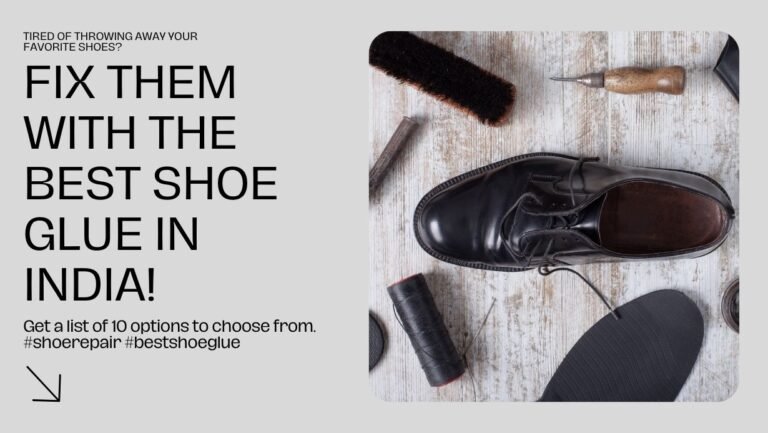Are you trying to decide between a pair of sports shoes and running shoes? You’re not alone! Many people are unsure of the differences between these two types of footwear.
In this article, we’ll explore the construction, design, types, and benefits of both sports shoes and running shoes in order to help you make an informed decision.
Let’s get started!
Key Takeaways
- Sports shoes and running shoes serve different purposes, with sports shoes being designed for activities like basketball or soccer, and running shoes being designed for longer distances.
- Both types of shoes promote optimal performance and prevent injuries.
- Sports shoes and running shoes have similar construction and materials, with breathable uppers made from materials like mesh or leather.
- However, there are differences in the design and features of sports shoes and running shoes, such as the level of cushioning for impact protection and the prioritization of mobility and traction in sports shoes.
Definition of Sports Shoes and Running Shoes
You may think sports shoes and running shoes are the same, but they actually have different definitions.
Fitness trends often dictate the type of shoe you should wear to prevent injury, depending on your activity. Running shoes come with extra cushioning and a tight fit for longer distances, while sports shoes are made for other activities like basketball or soccer and provide added stability around the ankle.
Both types of footwear are important in promoting optimal performance and preventing injuries.
Comparing the Construction of Sports Shoes and Running Shoes
You may be wondering what the differences are between sports shoes and running shoes. Let’s compare their construction to understand better.
Their uppers are both usually made from breathable, lightweight materials like mesh or leather, but running shoes often have additional features such as reinforced toe-caps and motion control technology.
The outsoles of running shoes tend to have more pronounced tread patterns for traction on a variety of surfaces, while sports shoe soles provide less grip and more cushioning.
Upper Material
The upper material of both sports and running shoes is usually made from breathable materials such as mesh or leather. Mesh provides adequate ventilation, making it the perfect pick for comfort and support.
Leather, on the other hand, is a great choice for those seeking durability and style. Both options offer cushioning materials to provide impact protection and reduce the strain on your feet during intense activities.
The breathable constructions of these shoes enable you to move freely while enjoying optimal comfort, making them ideal for active lifestyles.
Outsole
Outsole materials in sports and running shoes can differ, with some offering more grip than others. Rubber outsoles provide superior grip on a variety of surfaces while also absorbing shock, making them ideal for athletes.
On the other hand, EVA outsoles are lightweight and flexible, providing more freedom of movement for players who prefer agility over stability.
Ultimately, it’s up to you to decide which type of outsole offers the best balance between grip, shock absorption, and freedom for your specific sport or activity.
Midsole
Midsoles provide cushioning and support for your feet while you’re active. They are often made of lightweight foam or air-filled materials. Impact absorption and cushioning technology are essential components of midsoles. They allow them to absorb shock when walking or running. The midsole acts as a protective barrier between the foot and the ground, helping prevent injury. It also helps ensure that your feet stay comfortable during physical activity. It does this by providing extra padding and adding stability. Midsoles can be customized to fit different types of shoes, such as sports shoes or running shoes. This customization offers greater comfort and protection no matter what you’re doing.
Comparing The Anatomical Design of Sports Shoes and Running Shoes
Sports shoes and running shoes have distinct anatomical designs, with different levels of cushioning and support. Comfort levels vary depending on the cushioning technology used to create the shoe.
Running shoes typically feature more substantial cushioning to protect feet from impact, while sports shoes are designed for better mobility and traction.
Sports shoes also provide higher stability than running shoes due to their tighter fit.
Ultimately, choosing a shoe that best suits an individual’s needs requires research and analysis.
Different Types of Sports Shoes and Running Shoes
There are many different types of sports and running shoes available, each with unique features to provide varying levels of cushioning, support, stability, and traction.
Distinguishing features like cushioning technology offer wearers the freedom to choose a shoe that best fits their lifestyle. Running shoes typically have extra cushioning in the heel for shock absorption while sports shoes may have more durable materials to protect from wear and tear.
Ultimately, it’s up to the wearer to decide which type of shoe best meets their needs.
Benefits of Wearing Sports Shoes and Running Shoes
Wearing the right sports or running shoes can provide many benefits. Increased comfort and stability while active are among the advantages. Comfort factors, like cushioning, arch support, and breathability, are important for an enjoyable exercise experience.
Supportive features like a stable heel counter and ample toe box also aid in providing an enhanced workout. Donning the right footwear can help prevent injuries due to excessive wear-and-tear on your joints from strenuous activities.
Ultimately, you’re free to choose the best shoe that meets your lifestyle needs for a safe and fulfilling exercise journey.
Frequently Asked Questions
What is the lifespan of sports shoes and running shoes?
The long term durability of sports shoes and running shoes depends on how you take care of them. Regularly cleaning and conditioning your shoes will help extend their life. Following some basic tips, like avoiding getting them wet or wearing them too often, can also go a long way to ensure they last as long as possible.
What is the best brand of sports shoes and running shoes?
When it comes to sports and running shoes, there is no single ‘best’ brand. It depends on performance and design comparison. Consider the materials used, cushioning, durability, and other features to help determine the best fit for you. Make sure you research thoroughly so you can make an informed decision.
Are sports shoes and running shoes suitable for different types of weather?
Yes, sports shoes and running shoes can be suitable for different types of weather depending on their wearability and the materials used. For example, leather may be better suited for wetter climates while breathable mesh might be more comfortable in hotter temperatures.
How much do sports shoes and running shoes usually cost?
The price of sports shoes and running shoes vary depending on cushioning levels and impact protection. Generally, you can expect to pay more for higher quality models that offer better protection and comfort. However, there are also options available at lower prices if you’re looking to save money.
Are sports shoes and running shoes available in different sizes?
Yes, sports shoes and running shoes come in a variety of sizes for all foot shapes. Fitting tips can help you find the right size for your feet. Style choices, quality materials, and cushioning options are also important when selecting the correct size shoe. Make sure to take your time to find the perfect fit!
Conclusion
You can’t deny that sports shoes and running shoes have their differences, but they also have a lot in common.
Both types of footwear provide cushioning, support, and protection for your feet while you exercise.
It’s important to consider the construction and design when selecting either type of shoe so that you get the most out of your workout.
Ultimately, it comes down to personal preference as both types of shoes offer great benefits for athletes.
No matter which type you choose, you’ll be sure to enjoy a comfortable and enjoyable exercise experience.







